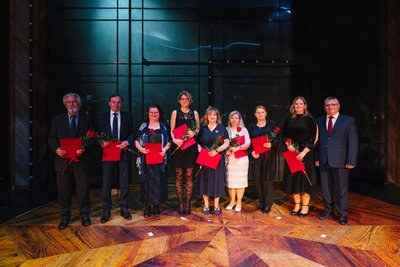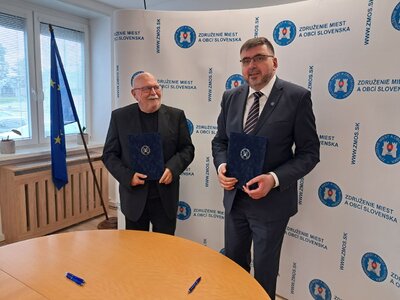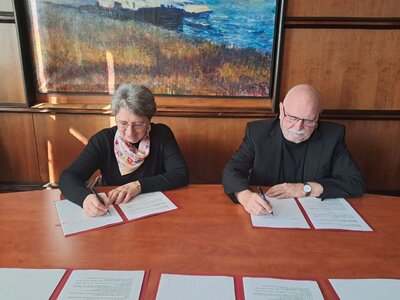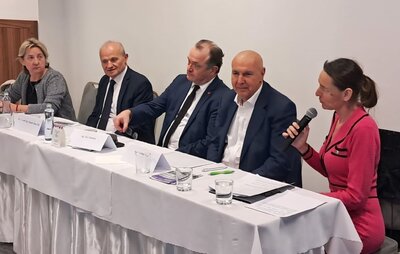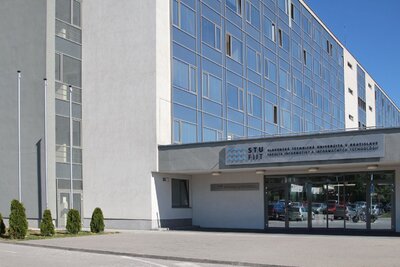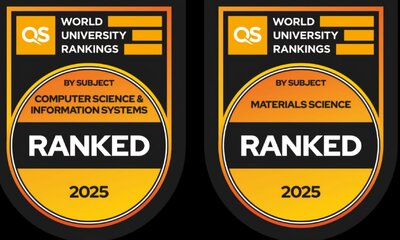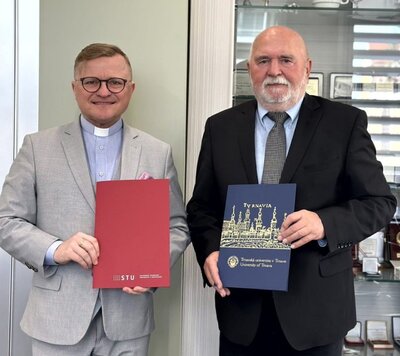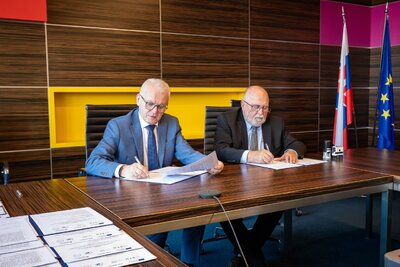Stroje pre nekonvenčné technológie
Ing. Viliam Čačko, PhD.
viliam.cacko@stuba.sk
Ing. Iveta Čačková, PhD.
iveta.cackova@stuba.sk
Ústav výrobného inžinierstva a kvality produkcie
Strojnícka fakulta
Slovenská technická univerzita Bratislava
Námestie slobody 17
81231 Bratislava
Abstract:
In its introductory part, the textbook deals with CNC laser cutting machines in general. Mainly by describing the principle of operation of laser cutting machines as well as the description of the principle of work of such technological devices. Also, in this section, the main parts of the machines are described so that students are familiar with and understand the very technological essence of CNC laser cutting equipment. Before the actual description of the work in the ASPER program, the terminology used is explained in detail in order to introduce the student to the very issue of programming CNC laser cutting machines. The supporting part of the teaching text is work with the ASPER program developed by Microstep s. r. o. The teaching text in the section working with the ASPER program describes gradually and logically the individual possibilities and methods of using the ASPER program. And what are the inputs and outputs to, respectively from the program. A substantial part is devoted to a detailed and detailed explanation of the essence of how to use the software correctly. In the text, individual functions are gradually described step by step, in such a way that the teaching text directly helps students in specific work with the program in the subject exercises. At the same time, the teaching text is designed simply so that it is easy for students to understand. In the final part, the teaching text also contains specific tasks for students of such a level of difficulty that they should be able to handle after completing the exercises in the subjects Programming and Unconventional Technologies. The examples were created by the author's team, taking into account the requirements of practice in production companies.
DOI: 10.61544/CIMT1215![]()
Literatúra:
1. Krajný Zdenko, Vodný lúč a nekonvenčné tehnológie, Edícia vysokoškolských učebníc ed., Bratislava: Slovenská technická univerzita v Bratislave - Vydaveľstvo SPEKTRUM STU, 2021, p. s. 525.
2. Smelík. Andrej, Progresívne konštrukčné uzly strojov pre extrémne rýchle delenie materiálov pevnolátkovými vláknovými lasermi, dizertačná práca ed., Bratislava: STU v Bratislave, Strojnícka fakulta, 2019.
3. K. M. a. Kolektív, MicroStep News., roč. 9, 60 s., Bratislava: Microstep spol. s r. o., 2017.
4. K. M. a. Kolektív, MicroStep News. roč. 8, 31 s., Bratislava: MicroStep spol. s r. o., 2015
5. s. s. r. Kolektív MicroStep, Inovatívne výrobné technológie, Katalóg, Bratislava: MicroStep spol. s r. o., 2017.
6. Kolektív MicroStep, Návod na obsluhu ASPER MicroStep spol. s r. o., 2019.
7. A. Mičietová, Nekonvenčné metódy obrábania - výber, využitie, perspektívy, Žilina: EDIS - vydaveteľstvo ŽU, 2007.
8. N. S. E. 60825-4, Bezpečnosť laserových zariadení, 4. časť: Ochranné kryty laserov.
9. Z. X. X. Z. D. Y. J. Y. Y. 34. Yuan, „Advance in Machining and Manufactoring Technology, VII -24.1 Inroduction,“ Trans tech Publications Ltd. Retrieved from, [Online]. Available: https://app.knovel.com/web/
10. C. L. Caristan, „Laser Cutting for Manufacturing,“ 1.5.2 Cutting Parameters, Society od Manufacturing Engineers (SME), 2004. [Online]. Available: https://app.knovel.com/
11. L. T. L.D. Scintilla, „Experimental investigation on fiber and CO2 inert gas fusion cutting of AZ31 magnesium alloy sheets,“ Optics & Laser Technology, zv. Volume 46, %1. vyd.ISSN 0030-3992, pp. Pages 42-52, 2013
12. L. C. P. &. L. L. Wee, „A statistical analysis of striation formation during laser cutting of ceramics,“ International Journal of Advanced Manufacturing Technology, zv. Volume 36, pp. pp. 699-706, 2008.

